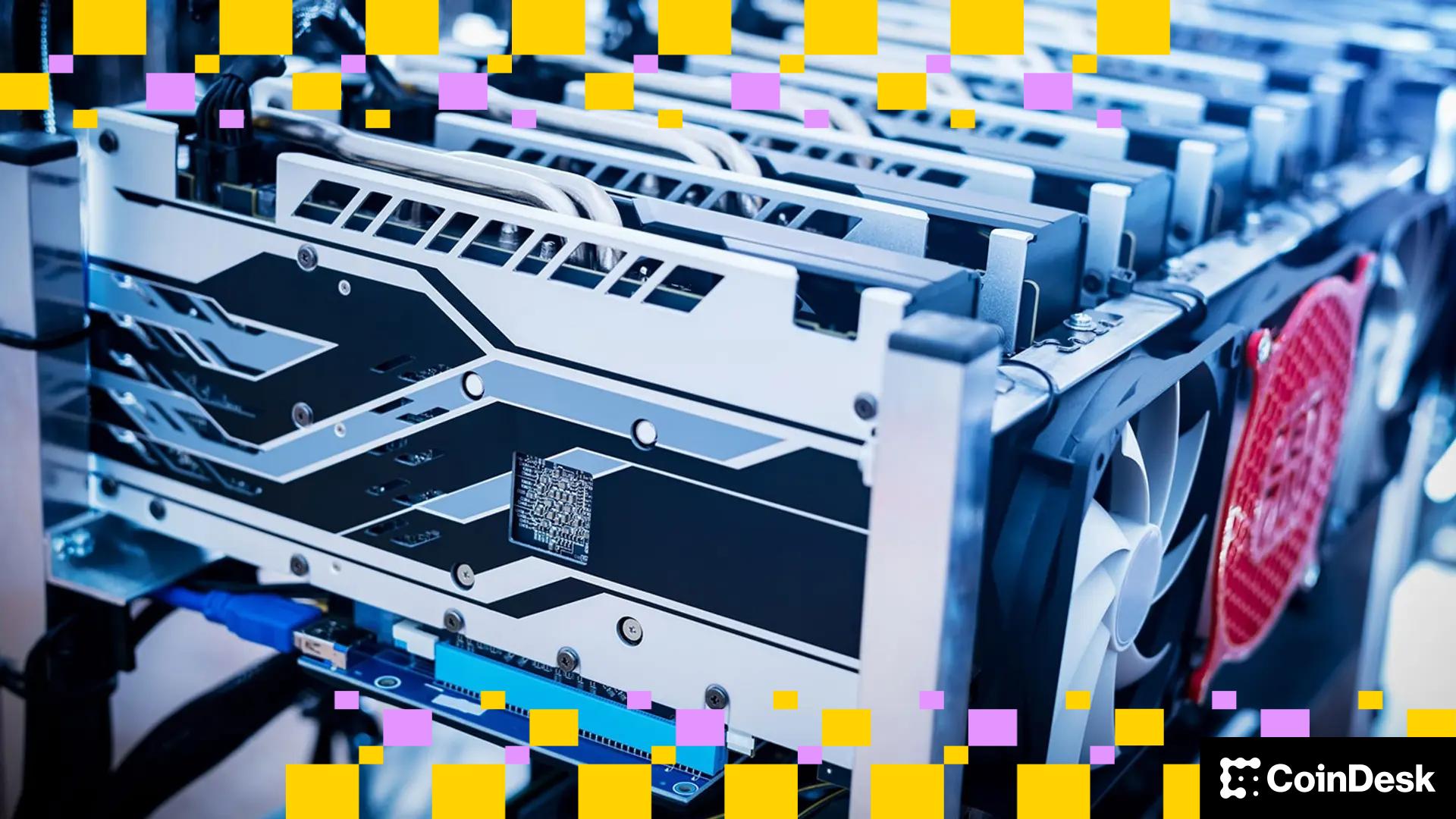
The Bitcoin network hashrate hit a record high in October, JPMorgan (JPM) said in a report on Monday.
The network’s monthly average hashrate increased 5% to 1,082 exahashes per second (EH/s), according to the report.
Hashrate refers to the total combined computing power used to mine and process transactions on a proof-of-work blockchain, and is an indicator of industry competition and mining difficulty.
At the end of last month, “mining difficulty was 3% higher than at the end of September and 80% higher than the difficulty heading into the most recent halving,” wrote analysts Reginald Smith and Charles Pearce. The halving, when the reward assigned for adding a block to the blockchain is reduced by 50%, took place in April 2024.
The mining economy came under pressure for the third consecutive month, the report said.
The bank’s analysts estimated that miners earned an average of $48,000 per EH/s in daily block reward revenue in October, down 3% from September. Daily block reward gross profit fell 4%.
The combined market capitalization of the 14 U.S.-listed mining companies that the bank tracks rose by $14 billion, or 25%, to $70 billion last month. The move was driven by high-performance computing (HPC) announcements and enthusiasm for the industry’s shift toward AI.
Ciper Mining (CIFR) outperformed the pack with a 48% rise last month, and Cango (CANG) underperformed with a 5% drop, analysts said. It was the only mining company to perform worse than Bitcoin, which fell 3.9%.
Read more: Bitcoin Miners Sit on Premium Energy Assets as AI Pivot Accelerates: Canaccord



